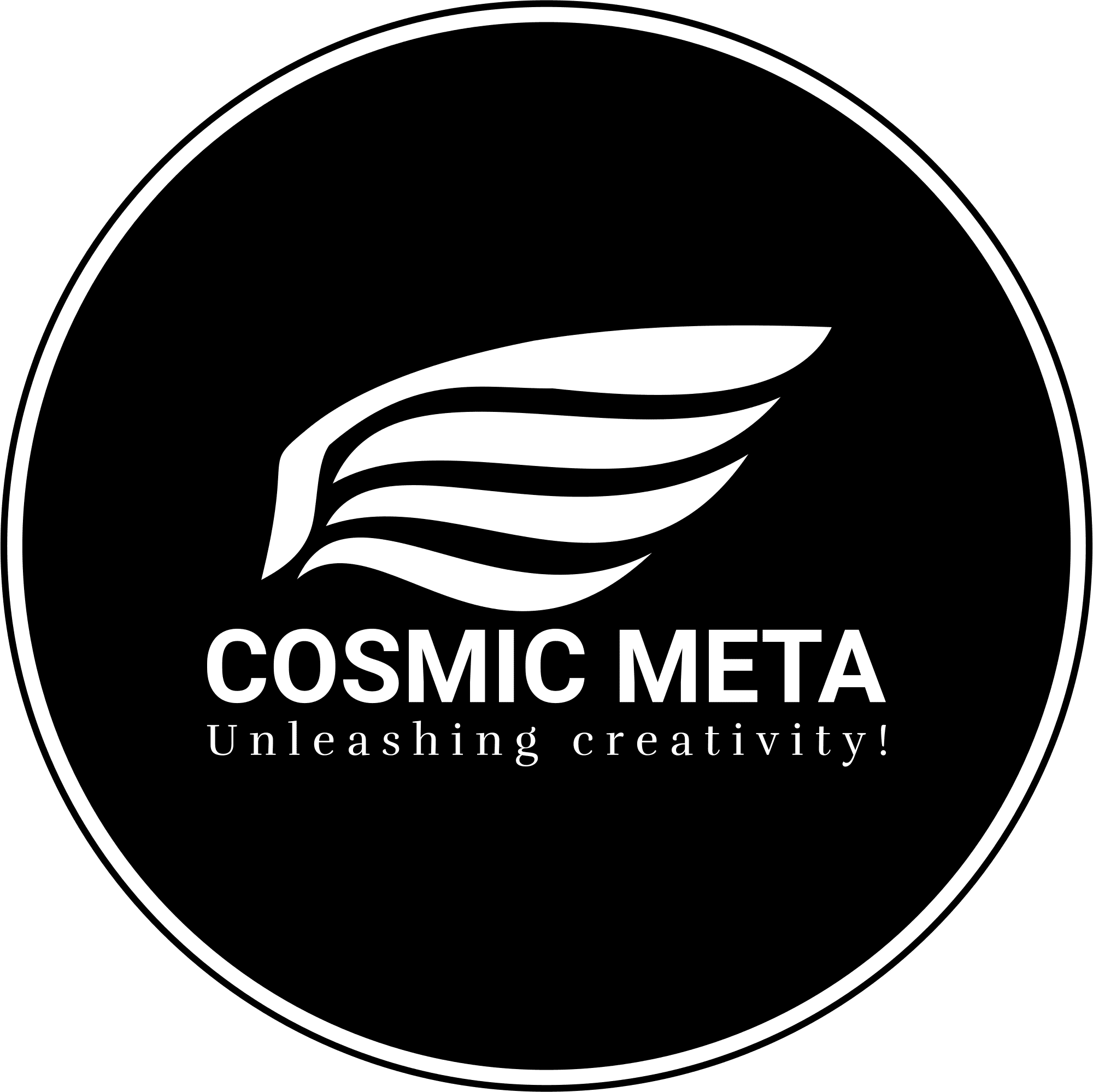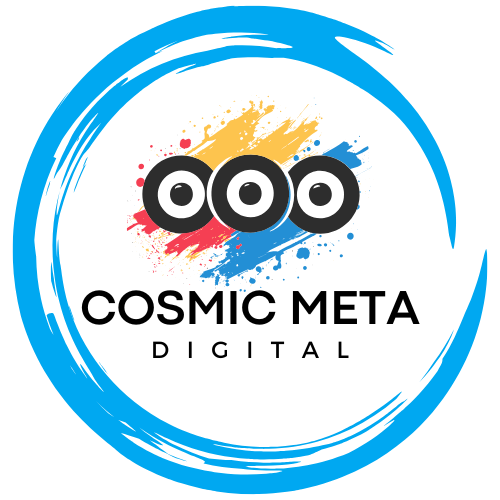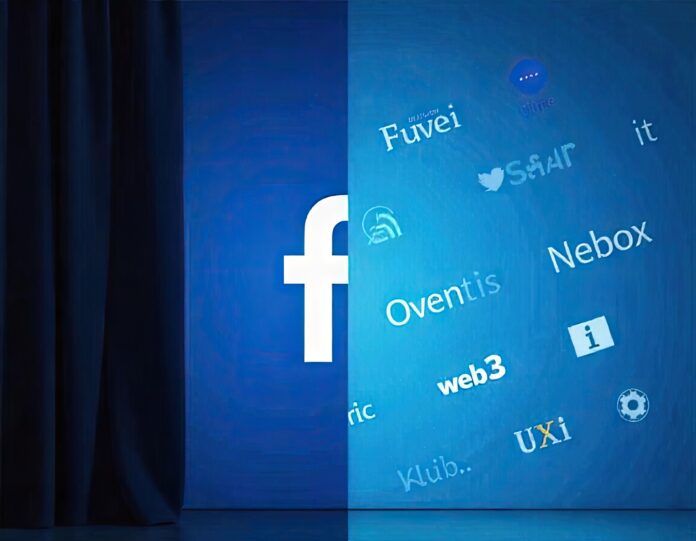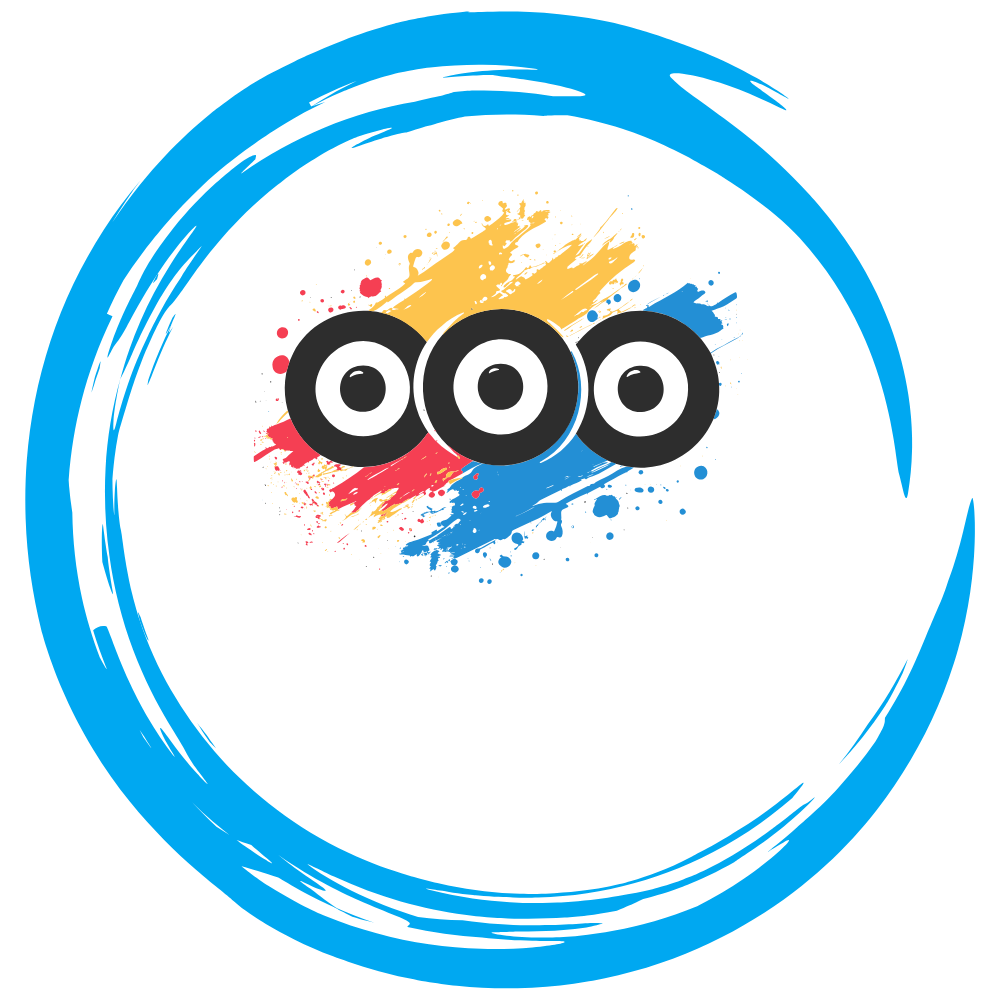The Shift Towards Decentralized Social Media
For over a decade, social media has been dominated by centralized platforms like Facebook, Twitter, and Instagram. These tech giants have controlled data, moderated content, and monetized user interactions. However, with growing concerns over privacy violations, censorship, and data monetization, a new wave of decentralized social media platforms is emerging.
Powered by Web3 technology and blockchain networks, these platforms offer users greater control over their data, censorship-resistant communication, and monetization opportunities through cryptocurrencies and NFTs. But the question remains: Can Web3 social media platforms truly overtake centralized giants like Facebook?
In this article, we’ll explore the rise of decentralized social media, its benefits and challenges, and whether it has the potential to disrupt the traditional social networking landscape.
What is Decentralized Social Media?
Decentralized social media platforms leverage blockchain technology, decentralized storage, and tokenized incentives to create networks where users have control over their content, identity, and monetization.
Unlike traditional platforms where a single company owns and controls all data, decentralized networks distribute control across a blockchain or peer-to-peer network, making them resistant to censorship and privacy breaches.
Key Features of Web3 Social Media:
- Data Ownership: Users own their data and digital identity, not corporations.
- Censorship Resistance: No central authority can delete content arbitrarily.
- Tokenized Monetization: Users can earn through crypto rewards, NFTs, and decentralized finance (DeFi) integrations.
- Interoperability: Users can move identities and content across multiple Web3 platforms.
- Decentralized Storage: Content is stored on blockchains or decentralized networks instead of centralized servers.
- Smart Contracts for Governance: Many platforms use DAOs (Decentralized Autonomous Organizations) for content moderation and governance.
- Peer-to-Peer Networking: Direct interactions between users without intermediaries increase privacy and reduce platform dependency.
📖 Learn more about Web3 and decentralization: Ethereum Foundation

The Leading Web3 Social Media Platforms
Several Web3-based social media platforms are gaining traction as alternatives to Facebook, Twitter, and Instagram. Here are some of the most promising ones:
1. Lens Protocol
Built on Polygon’s blockchain, Lens Protocol is an open-source, composable social network that allows users to own and monetize their digital interactions. It supports NFT-based posts, decentralized identities, and crypto tipping.
📖 Explore Lens Protocol: Lens.dev
2. Farcaster
Farcaster is a fully decentralized social network that allows users to post messages and interact without any central authority controlling the content. It focuses on user autonomy and protocol-level control over social graphs.
📖 Discover Farcaster: Farcaster.xyz
3. Minds
Minds is an open-source social media platform that rewards users with crypto tokens for engagement. Unlike Facebook, which profits from ads, Minds shares ad revenue and token rewards directly with users.
📖 Learn about Minds: Minds.com
4. Mastodon
Mastodon operates as a federated social network where different communities (servers) have their own rules and governance, but users can still interact across the network.
📖 Check out Mastodon: Mastodon.social
5. Steemit
Steemit is a blockchain-based blogging and social networking platform that rewards users with STEEM tokens for posting, curating, and engaging with content.
📖 Join Steemit: Steemit.com
6. Bluesky
Bluesky, founded by Twitter’s Jack Dorsey, is a decentralized protocol that enables users to create their own social media experiences, free from corporate control.
📖 Discover Bluesky: Blueskyweb.xyz
The Advantages of Web3 Social Media
1. User Control and Data Privacy
Decentralized platforms give users complete control over their data, unlike Facebook, which collects and monetizes personal information for targeted advertising.
✅ Benefit: Users own their content and personal information, reducing data exploitation.
2. Censorship Resistance
Governments and corporations cannot arbitrarily remove content, ensuring freedom of speech and expression.
✅ Benefit: No single entity can deplatform users or restrict content based on political or corporate interests.
3. Fair Monetization and Revenue Sharing
Users can earn from their content through cryptocurrencies, NFTs, and tokenized rewards, unlike Facebook, where revenue is primarily generated through ads.
✅ Benefit: Creators have direct monetization opportunities without relying on ad-driven models.
4. Interoperability Across Platforms
With decentralized identities, users can move their profiles and content across different Web3 platforms without starting from scratch.
✅ Benefit: Users are not locked into one platform, increasing flexibility and control.
5. Transparency and Open-Source Development
Most Web3 platforms are open-source, allowing the community to audit, modify, and improve the code.
📖 Read more about decentralization’s impact on content ownership: Web3 Foundation
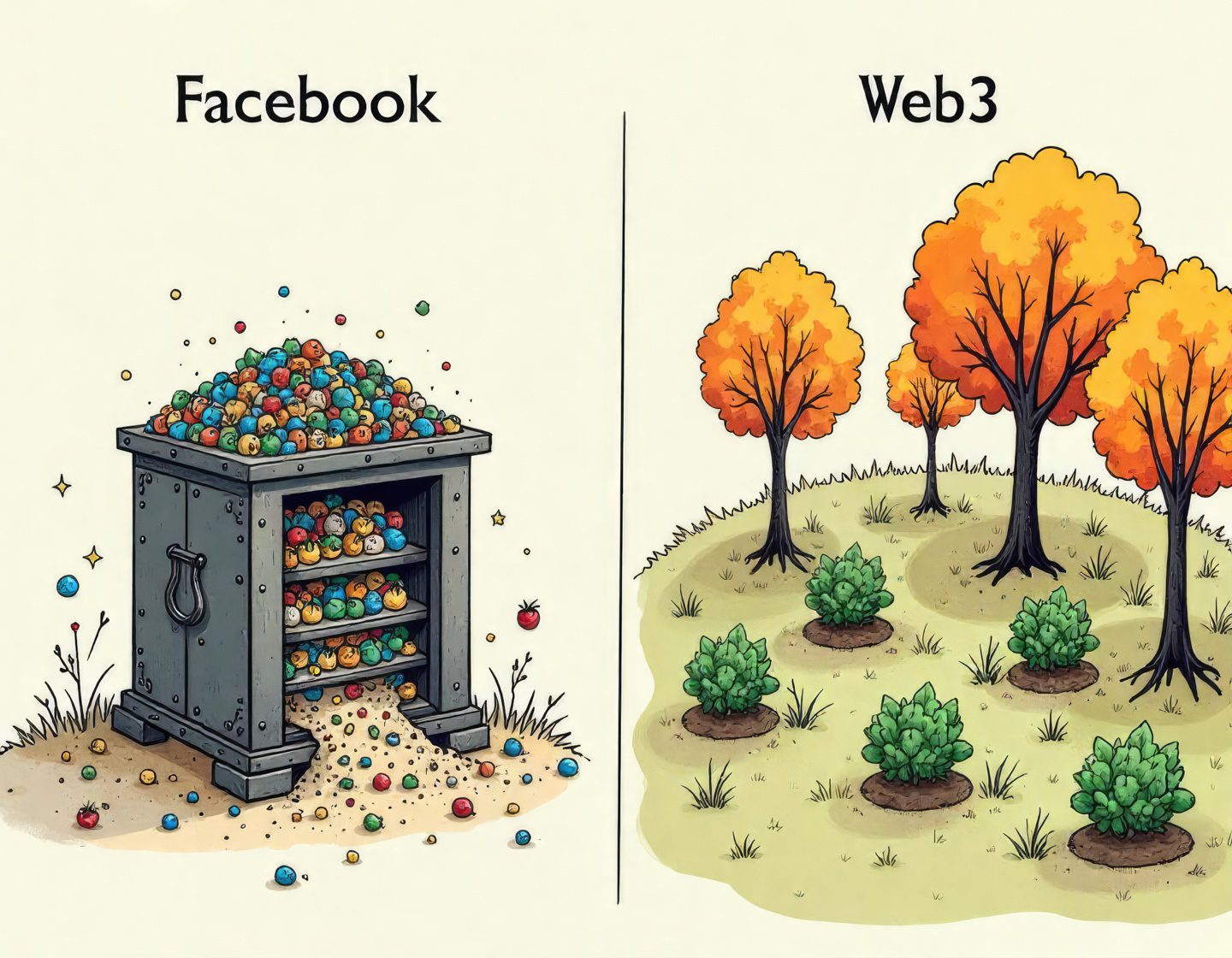
Challenges Facing Decentralized Social Media
While Web3 social networks offer numerous benefits, they still face significant obstacles to mainstream adoption.
1. User Experience and Complexity
Most decentralized platforms require users to set up crypto wallets, manage private keys, and navigate blockchain-based interactions, which can be confusing for non-technical users.
🚧 Solution: Improved UI/UX design and onboarding processes are needed to attract mainstream users.
2. Scalability and Network Performance
Blockchain networks are slower than centralized servers, leading to latency issues and higher transaction fees for interactions like posting and tipping.
🚧 Solution: Layer-2 scaling solutions and improved blockchain infrastructure are critical for adoption.
3. Lack of Mass Adoption
Facebook has nearly 3 billion users, while most decentralized platforms struggle to reach even a few million.
🚧 Solution: Web3 platforms must attract mainstream influencers, brands, and advertisers to grow their user base.
4. Moderation and Governance Issues
Decentralization makes content moderation more difficult, raising concerns about the spread of misinformation, hate speech, and illegal content.
🚧 Solution: Decentralized community-driven governance models can help balance freedom and responsibility.
📖 Explore decentralized governance models: DAOstack
The Future of Decentralized Social Media
Web3 social media platforms offer a compelling alternative to traditional networks like Facebook. By emphasizing data ownership, censorship resistance, and fair monetization, they provide users with greater freedom and control.
However, for decentralized social media to truly overtake Facebook, it must overcome technical barriers, regulatory challenges, and user adoption hurdles. Whether Web3 platforms will reshape social media or remain niche communities depends on how well they evolve to meet mainstream expectations.
